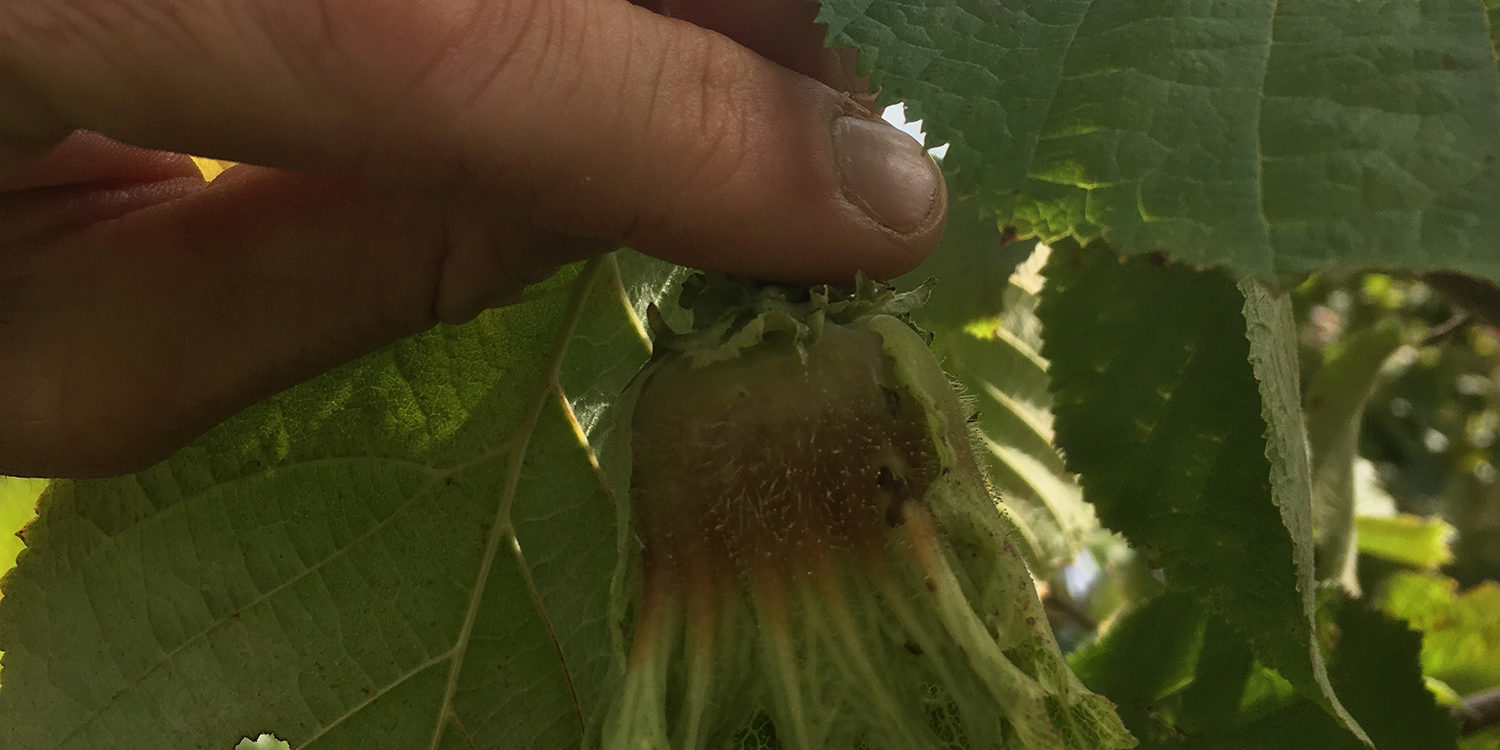
Exploring Agroforestry in Central New York
By Jono Neiger
Six Farms in Two Days
On a recent road trip I traveled through Central New York to visit established, emerging, and potential agroforestry operations in the region. Over the course of two packed days I visited six farms – five in the beautiful Finger Lakes countryside, and one in the mid-Hudson Valley. I bought some chestnut and chinkapin seedlings, attended a nut tree workshop, met with farm clients, and visited old friends.
A Common Sense Tree Nursery
My first stop was to meet Akiva Silver, owner and operator of Twisted Tree Farm in Spencer. Akiva, who recently published his first book, Trees of Power, was busy filling seed and plant orders and getting ready for the intense tree shipping season. I explored the land for a bit, admiring the chestnuts, hazelnuts, and diverse nursery propagation beds. All of Akiva’s plants are raised in “living soil using compost, wood chips, and low tech common sense”. I purchased some healthy chestnut and chinkapin trees to bring home to Big River Chestnuts, my agroforestry project in Sunderland, MA.
Planning for Hemp Production
I then headed north to do a consultation for a new hemp operation in Skaneateles. The farm’s first year crop is underway, and the team was needing guidance around access constraints, soil health, water dynamics, and farm infrastructure. As we walked the land, we discussed soil building and water management strategies, greenhouse layout, access roads, and other necessary infrastructure. Hemp is an emerging crop and holds great potential for farmers to diversify their production and grow new markets. It was great to get a first hand look at a new enterprise and think about how hemp production could be integrated with tree crops.
A Healthy ‘Flerd’
That night I stayed at Shelterbelt Farm with longtime friends Jonathan Bates, Meg Barber, and their son Jessie. Shelterbelt is home to the Frenay/Modisher family, who raise sheep, cattle, chickens, ducks, and a wonderful assortment of vegetables, fruit, and herbs. In the morning, after a farm breakfast of eggs, black beans, and kimchi, I helped Jonathan feed the chickens, check the figs, and move the ‘flerd’ (a combined flock of sheep and herd of cattle) to their next paddock. The morning light and cool air was sublime as the livestock waited patiently for access to fresh pasture. The benefits of rotational grazing were plain in the healthy fields and healthy animals. Before hitting the road, I bought some aronia cordial from the farm store to take a little bit of the place home with me.
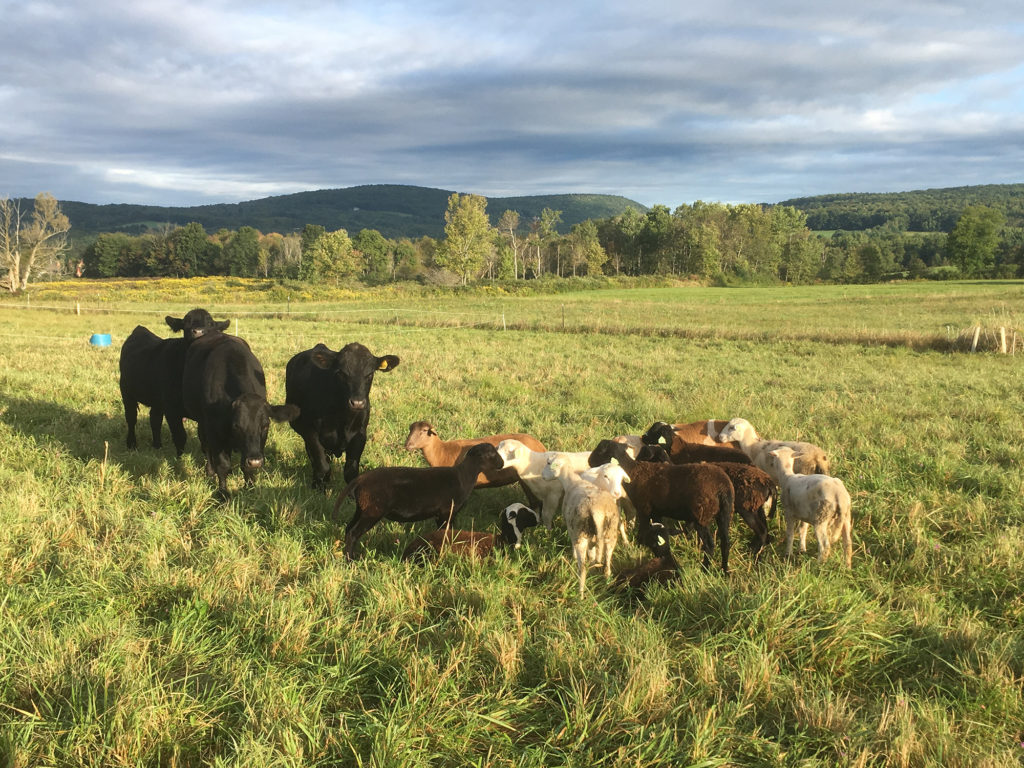
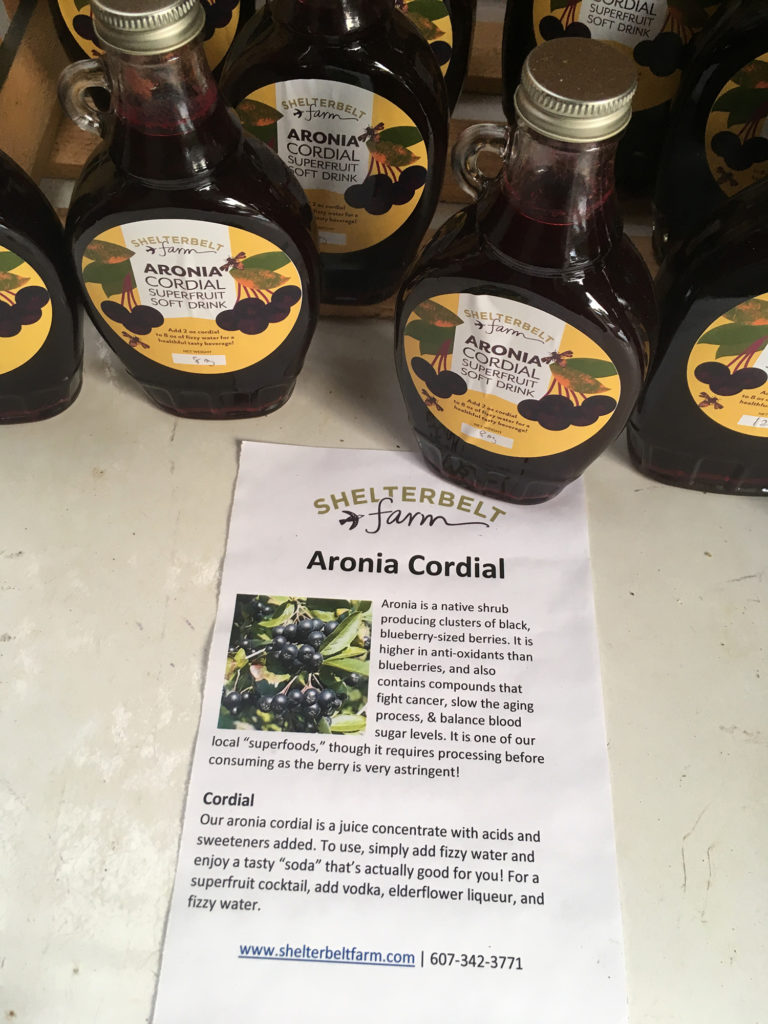
Experienced Nut Growers
My next stop was just a few miles west to Hemlock Grove Farm in Danby. Here, tucked in the valley south of Ithaca, farmer Brian Caldwell grows apples, chestnuts, hazelnuts and other tree crops. Brian has been growing chestnuts for over 40 years, and happily shared his wisdom and insights about his experiences.
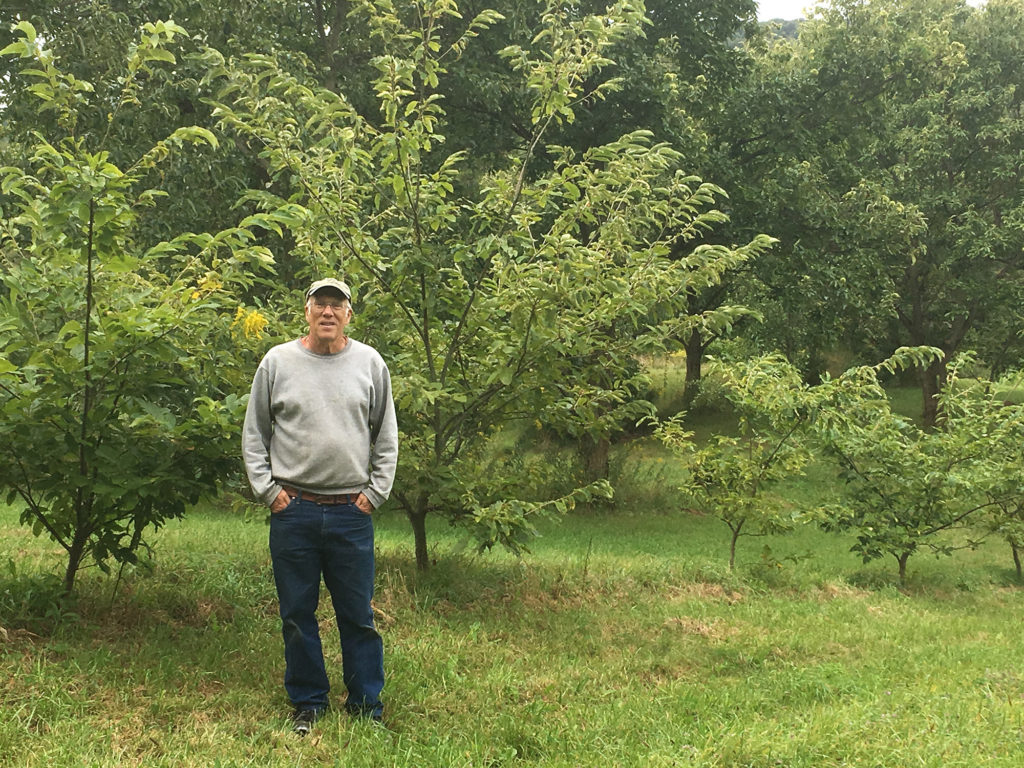
That afternoon I met up with friends travelling from Pennsylvania, and we made our way to a workshop at Z’s Nutty Ridge, a nut tree nursery in McGraw, NY. There, Jeff and Dawn Zarnowski have been growing tree crops on their hillside land for over 25 years. Their focus is on developing improved, blight-resistant varieties of hazelnuts and chestnuts. It was a pleasure to walk around the fields with people active in the Northeast/MidAtlantic (NEMA) agroforestry working group and who are so passionate about spreading the word about perennial crops and agroforestry. The work Jeff and Dawn are doing is very inspiring and gives hope that we will continue to have better planting stock over time.
Potential along the Hudson
The packed trip concluded by rolling up to The Farm At The Landing in Stuyvesant, NY right at twilight. There I met owner Denise Pizzini and took in the fields, gardens, and historic barns along the Hudson River. As the full moon rose over the fields, we discussed the potential for implementing an agroforestry system with the livestock already there and how a rotational grazing plan could improve the soil and carbon sequestration potential of the land. It was a stunningly beautiful end of a long day.
As I made my way back east to Massachusetts, I was exhausted but enlivened by the energy, beauty, and promise of the various farms, nurseries, and projects I had visited. The network of people working in regenerative agriculture, carbon farming, and agroforestry is growing and I’m glad to be part of it.
*For agroforestry or other regenerative agriculture inquiries, feel free to contact me: jono@regenerativedesigngroup.com

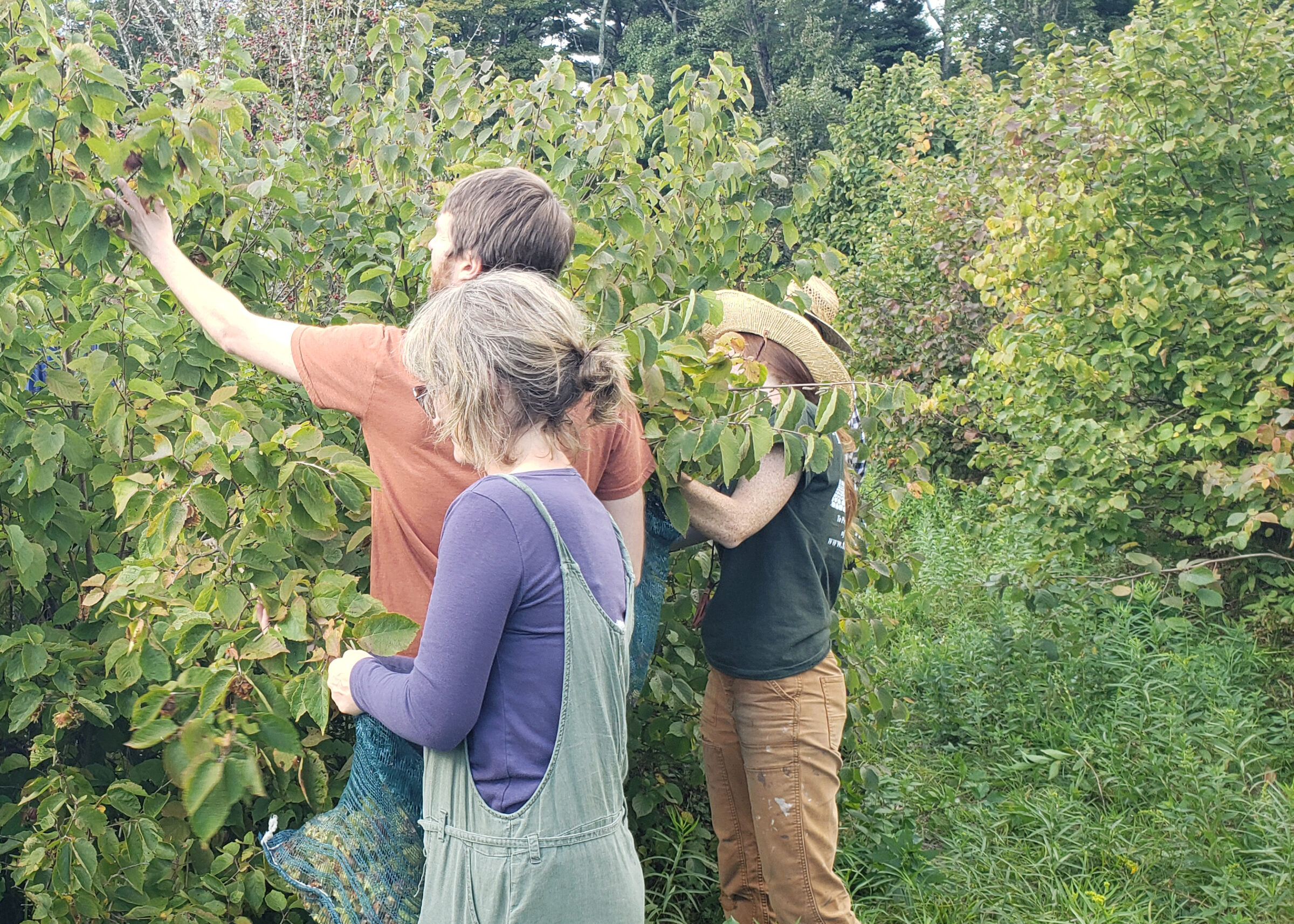
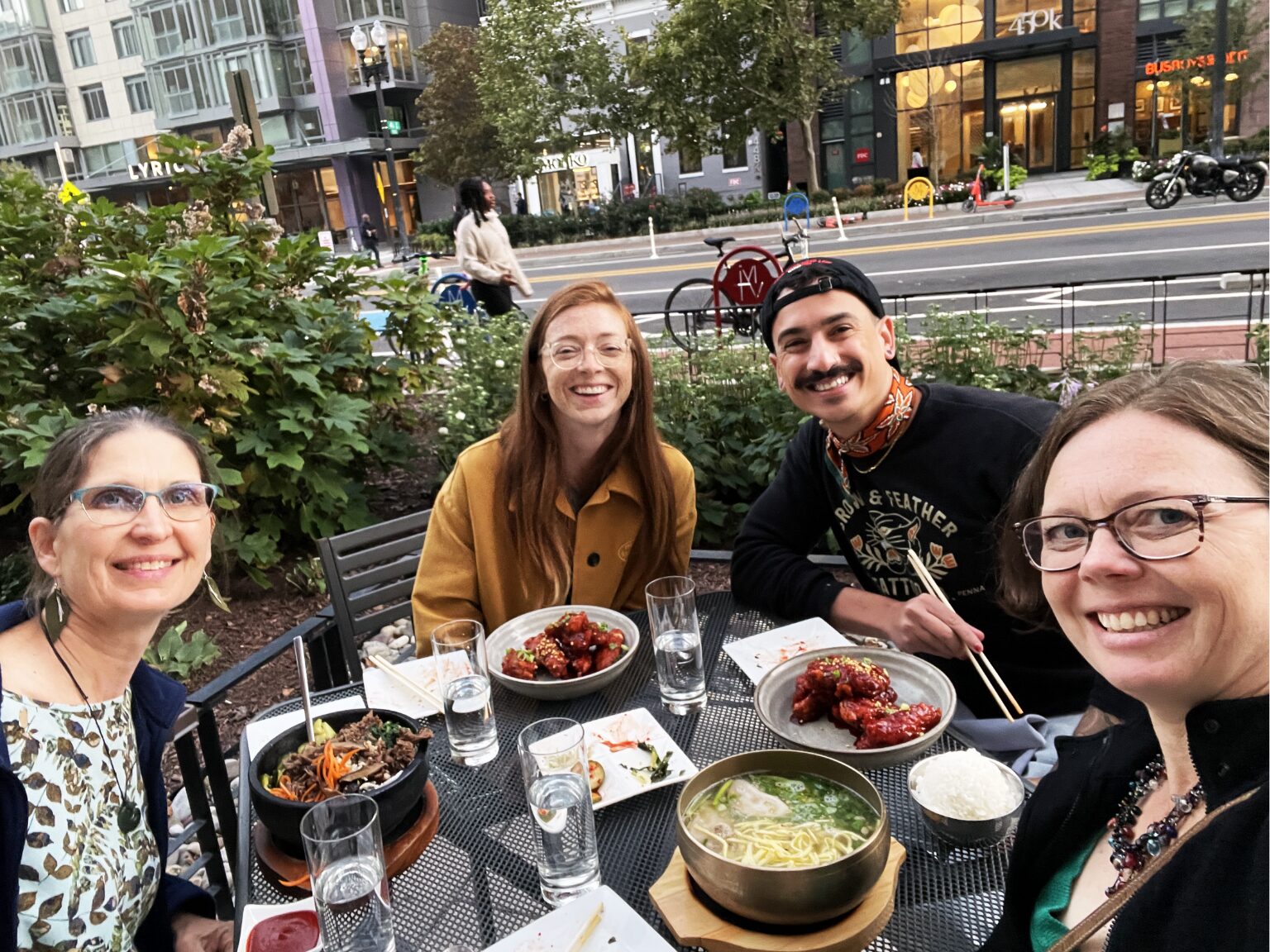
Comments (0)